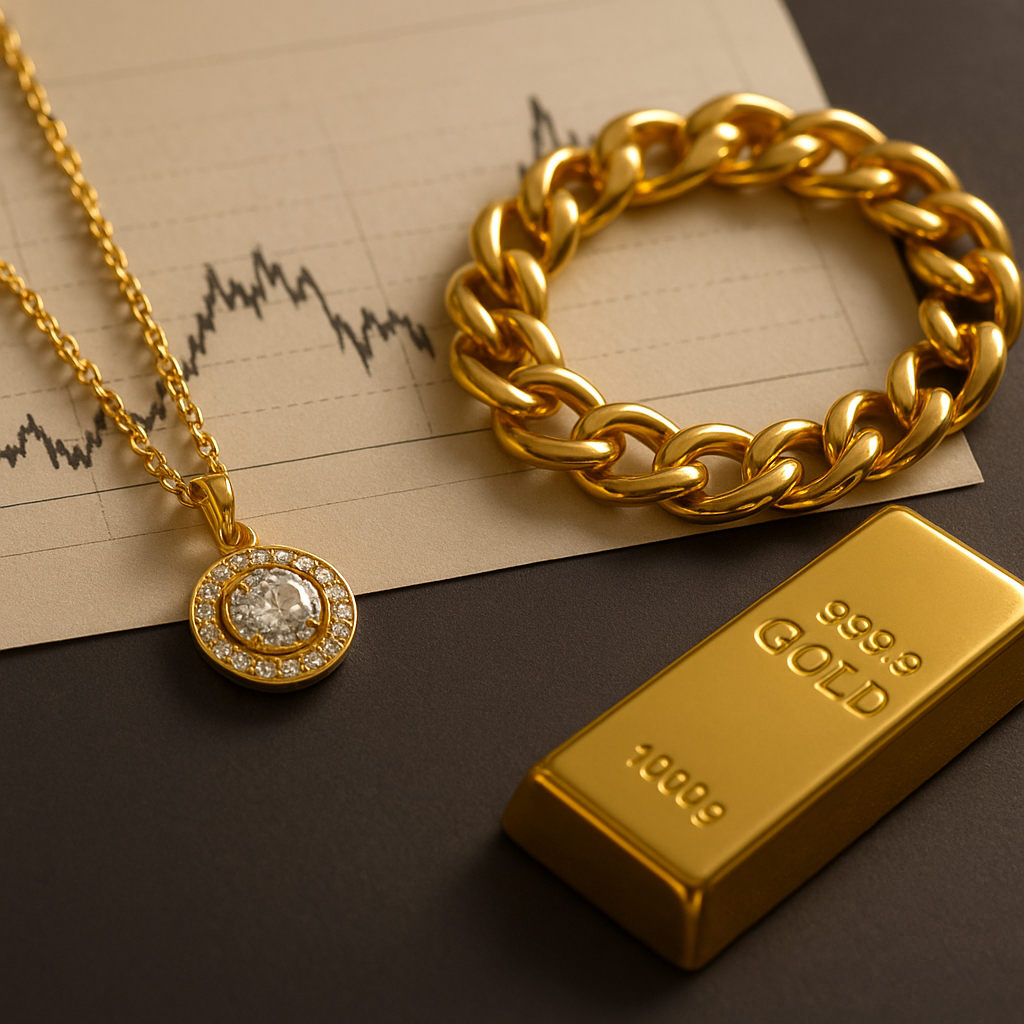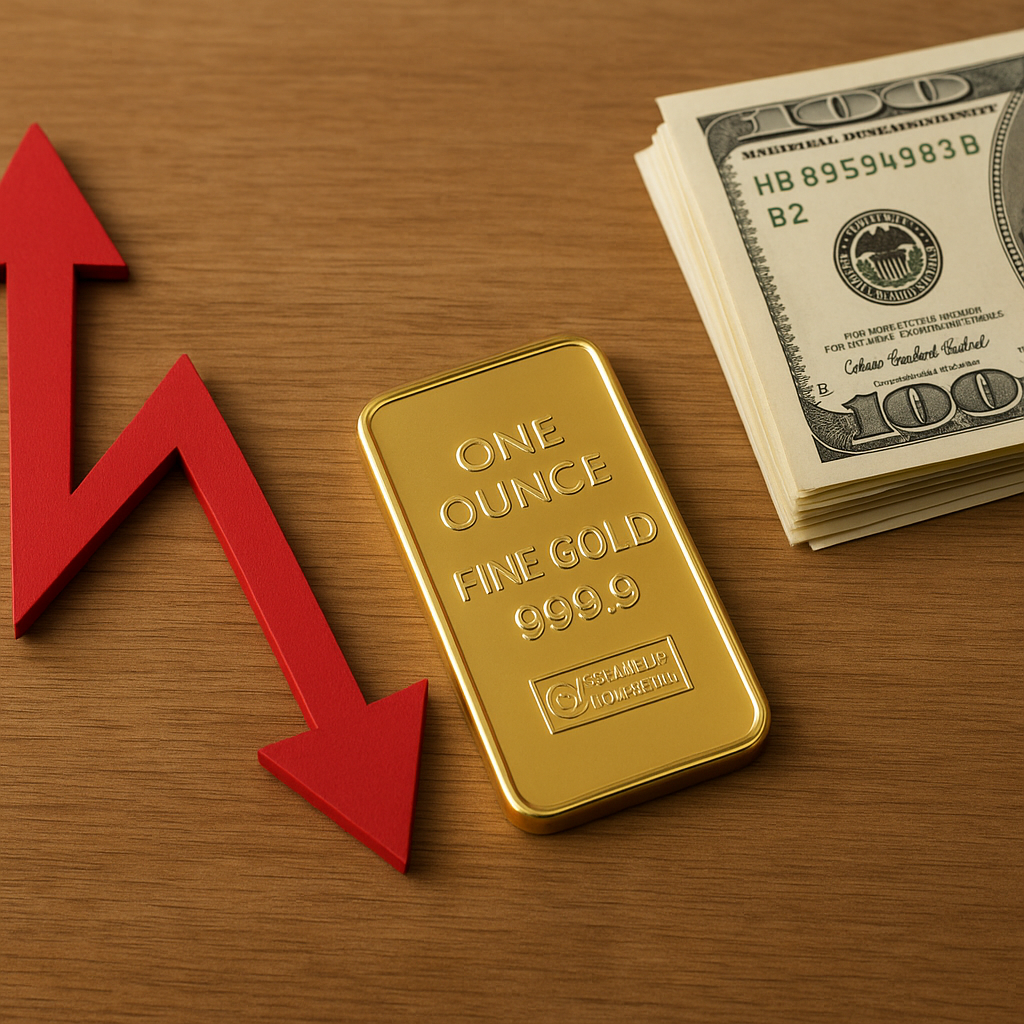The relationship between currency strength and gold prices is a complex and multifaceted topic that has intrigued economists, investors, and policymakers for decades. Gold, often seen as a safe-haven asset, tends to react to fluctuations in currency values, particularly the U.S. dollar, which is the world’s primary reserve currency. Understanding how currency strength impacts gold prices is crucial for making informed investment decisions and for comprehending broader economic trends.
The Role of the U.S. Dollar in Gold Pricing
The U.S. dollar plays a pivotal role in the global economy, and its strength or weakness can significantly influence gold prices. Gold is typically priced in dollars, meaning that when the dollar strengthens, gold becomes more expensive for holders of other currencies, potentially reducing demand. Conversely, when the dollar weakens, gold becomes cheaper for foreign investors, often leading to increased demand.
Historically, there has been an inverse relationship between the strength of the U.S. dollar and gold prices. This relationship is largely due to the fact that gold is considered a hedge against currency devaluation. When the dollar weakens, investors often turn to gold as a store of value, driving up its price. Conversely, when the dollar strengthens, the appeal of gold as a hedge diminishes, often leading to a decrease in its price.
Several factors can influence the strength of the U.S. dollar, including interest rates, inflation, and economic growth. For instance, higher interest rates in the U.S. can attract foreign capital, leading to a stronger dollar. This, in turn, can put downward pressure on gold prices. On the other hand, if inflation is high, the real value of the dollar may decrease, prompting investors to seek refuge in gold, thus driving up its price.
Global Economic Factors and Their Impact on Gold Prices
While the U.S. dollar is a significant factor in determining gold prices, it is not the only one. Global economic conditions also play a crucial role. Economic instability, geopolitical tensions, and financial crises can all lead to increased demand for gold as a safe-haven asset.
During times of economic uncertainty, investors often flock to gold as a way to preserve wealth. For example, during the 2008 financial crisis, gold prices surged as investors sought to protect their assets from the volatility of the stock market and the potential collapse of financial institutions. Similarly, geopolitical tensions, such as conflicts in the Middle East or trade disputes between major economies, can lead to increased demand for gold as a hedge against uncertainty.
Moreover, central banks around the world hold significant reserves of gold, and their buying and selling activities can influence gold prices. For instance, if a central bank decides to increase its gold reserves, this can lead to a rise in gold prices due to increased demand. Conversely, if a central bank sells off a large portion of its gold reserves, this can lead to a decrease in prices.
In addition to these factors, the strength of other major currencies, such as the euro, yen, and yuan, can also impact gold prices. For example, if the euro strengthens against the dollar, European investors may find gold more attractive, potentially driving up its price. Similarly, if the Chinese yuan appreciates, Chinese investors may increase their gold purchases, influencing global prices.
Conclusion: Navigating the Complex Relationship
The relationship between currency strength and gold prices is intricate and influenced by a myriad of factors. While the U.S. dollar remains a key determinant, global economic conditions, geopolitical events, and central bank policies also play significant roles. For investors, understanding these dynamics is essential for making informed decisions and effectively managing risk.
As the global economy continues to evolve, the interplay between currency strength and gold prices will remain a critical area of study. By keeping a close eye on economic indicators, geopolitical developments, and central bank actions, investors can better navigate the complexities of the gold market and capitalize on opportunities as they arise.












